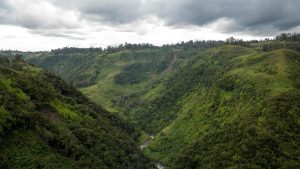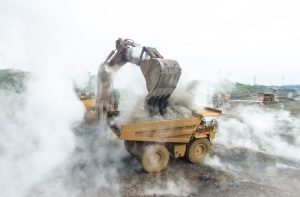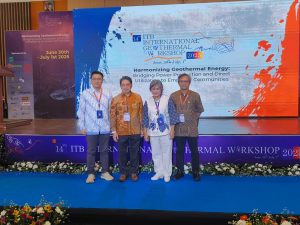
Jakarta – Climate change and a nearby limestone exploration threaten the 51,200-year-old cave painting in Sulawesi, Minister of Culture Fadli Zon told reporters on Monday, February 10.
“Actually, the biggest challenge is from the cement factory, because they exploit (limestone) very close to the (ancient cave) site. When I was there a couple of weeks ago, I heard the (sound) like a bomb nearby … We wrote a letter to the local authorities to hold this kind of exploitation near the heritage site,” he said.
In July 2024, researchers announced the discovery of a cave painting in Leang Karampuang, located in the Maros-Pangkep region of South Sulawesi, Indonesia. The research result was published in Nature Journal on July 3, 2024. The artwork, dated to at least 51,200 years ago, dated using a state-of-the-art laser ablation uranium-series (LA-U-series) technique by Adhi Agus Oktaviana and the team from Southern Cross University, Australia. The painting is currently the oldest known narrative art in the world. The painting depicts three human-like figures interacting with a wild pig, suggesting early forms of storytelling through art.
Fadli Zon said climate change also poses a challenge to the ancient cave paintings. “The challenge is that they are fading away because of climate change. It is very difficult to maintain… the temperature in the cave,” he said, adding that visitors to the cave also need to be prevented from touching the paintings. (nsh)














